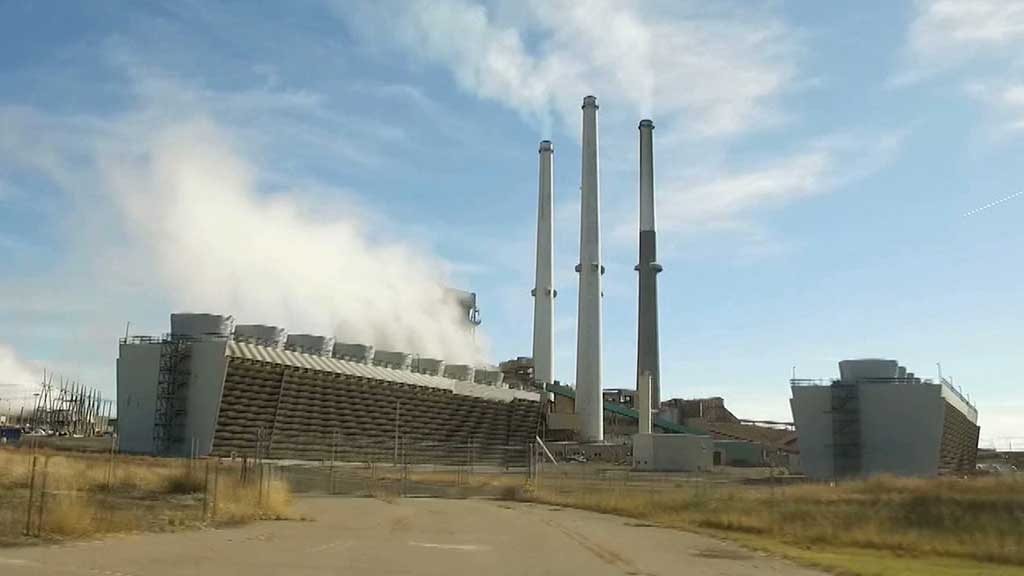More and more wind turbines are popping up in the American West. They provide clean energy to hundreds of thousands, but they’re also endangering some of America’s most majestic wildlife. So now, scientists are hard at work finding solutions.
CGTN’s Hendrik Sybrandy reports.
Near Wheatland, Wyoming, Mike Lockhart is in search of Golden Eagles. A lure eagle, some bait and patience are the tools of his trade.
“I’ve been doing eagle work since the 70’s so it’s something I enjoy and really like,” the trapper told me.
He was hired by the U.S. Fish and Wildlife Service and the U.S. Geological Survey to tag Golden Eagles so they can better track their movements. But coaxing them out of the sky isn’t easy.
“Yes, they can be very hard to catch. Particularly when I’m having bad luck like I’m having.”
Wind is a blessing and a curse for Golden Eagles. They rely on it to travel across vast expanses like in Wyoming. Man’s efforts to harness that wind, however, have put the birds in peril.
Wind turbines have proven fatal to many Golden Eagles, which instead of looking straight ahead when flying, typically look at the ground for food.
“There’s really nothing in the evolutionary history of a Golden Eagle that prepares it for a set of spinning blades in the sky,” according to Todd Katzner, a USGS research wildlife biologist.
Katzner is among the scientists working to minimize fatal eagle-turbine collisions, which are estimated to number in the hundreds in the U.S. each year.
Satellite telemetry devices, when attached to Golden Eagles before they’re released, help chart their flight paths and could eventually guide wind energy companies’ decisions on where turbines are placed. By finding patterns in the birds’ typical routes, researchers hope to give energy companies enough information to make even slight adjustments that can have a big impact.
“We study the flight behavior of these birds and we try to understand exactly where they’re gonna go, what circumstances they’re gonna travel under, and how they’re gonna be flying,” Katzner said.
Trappers like Lockhart says there’s an art to catching the birds, particularly warrior adults. The results are rarely immediate as we discovered over parts of two days, but there are payoffs.
“It’s nice to be outside looking at wildlife. It’s better than being at a desk.”
His work could help keep Golden Eagles, protected by US law, from declining in numbers.
“The data are going to be so fine-scale and so powerful that I think it’s really gonna help us create some tools that are very useful for people,” according to the U.S. Fish & Wildlife Service’s Brian Smith.
That information could allow these birds to fly a little more freely just a few years from now.
 CGTN America
CGTN America


